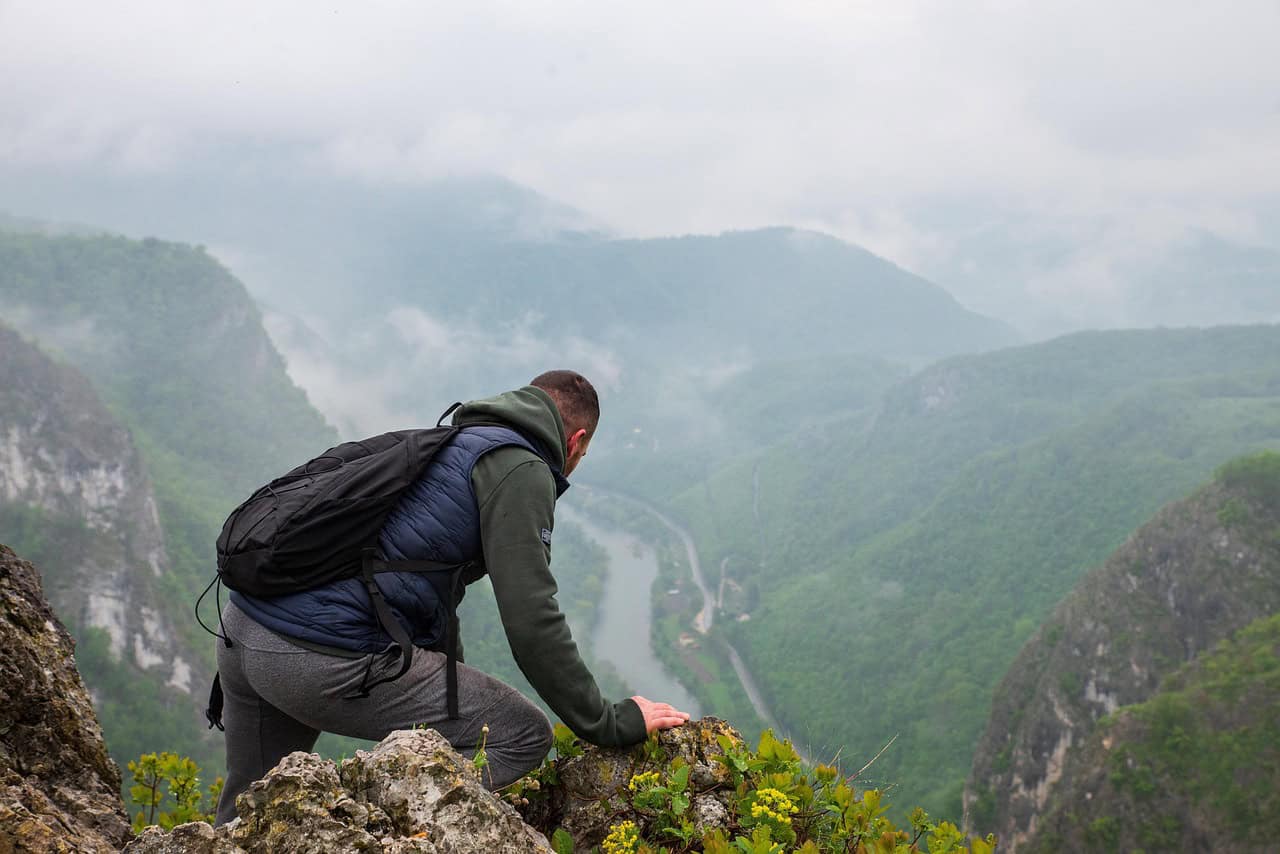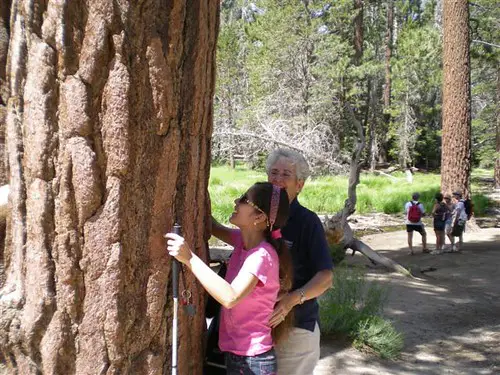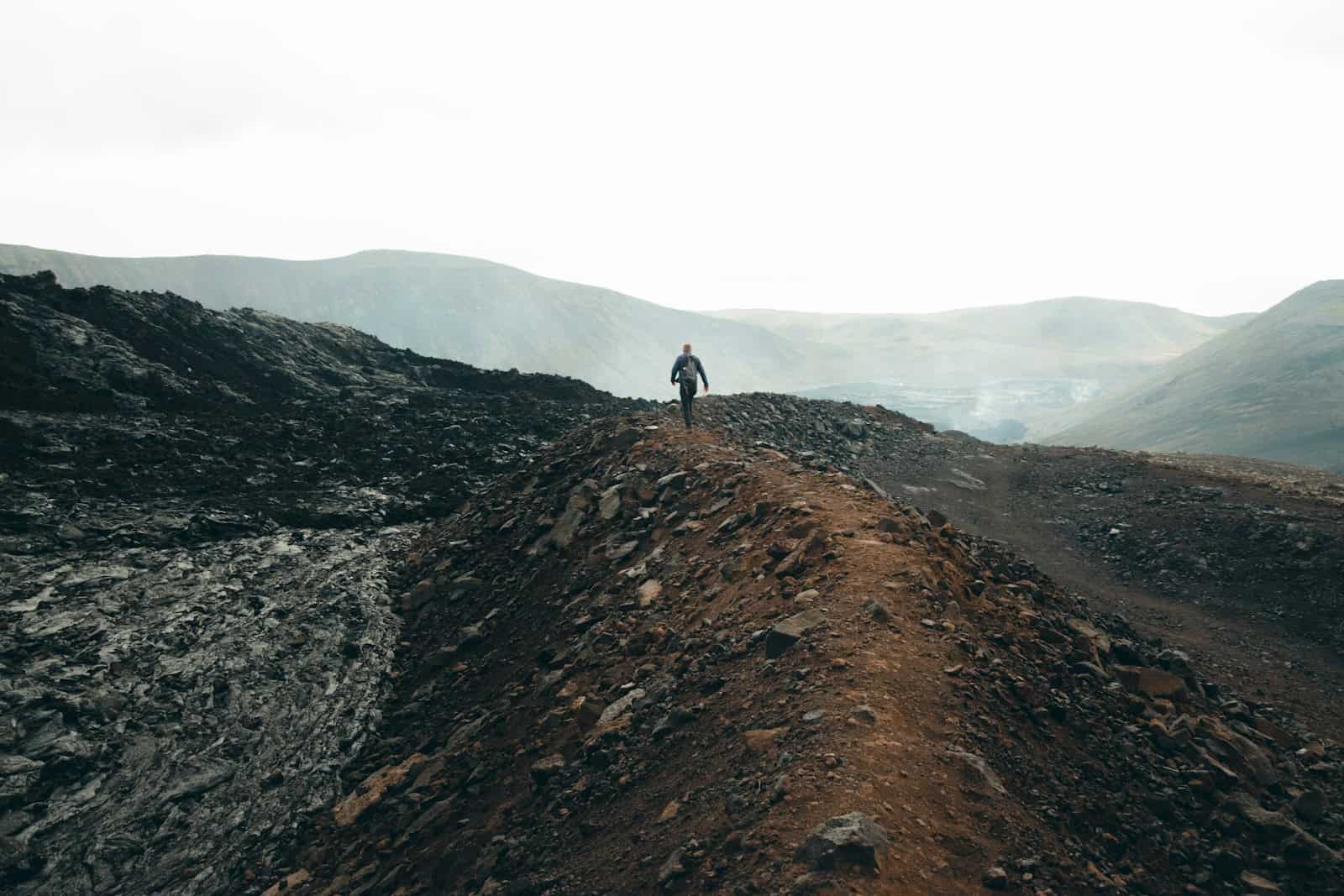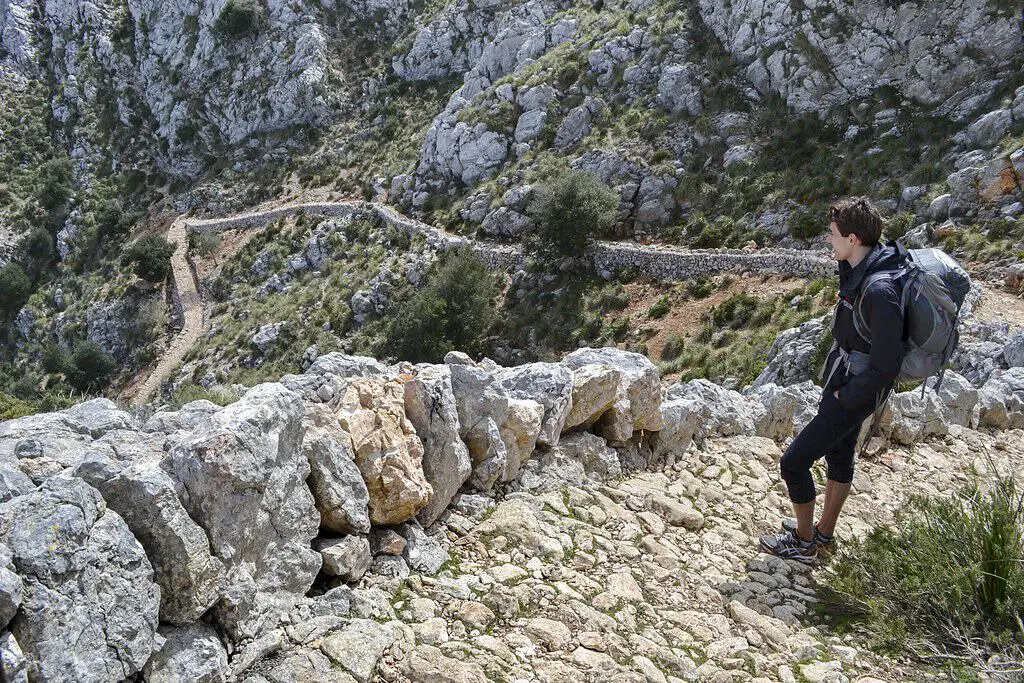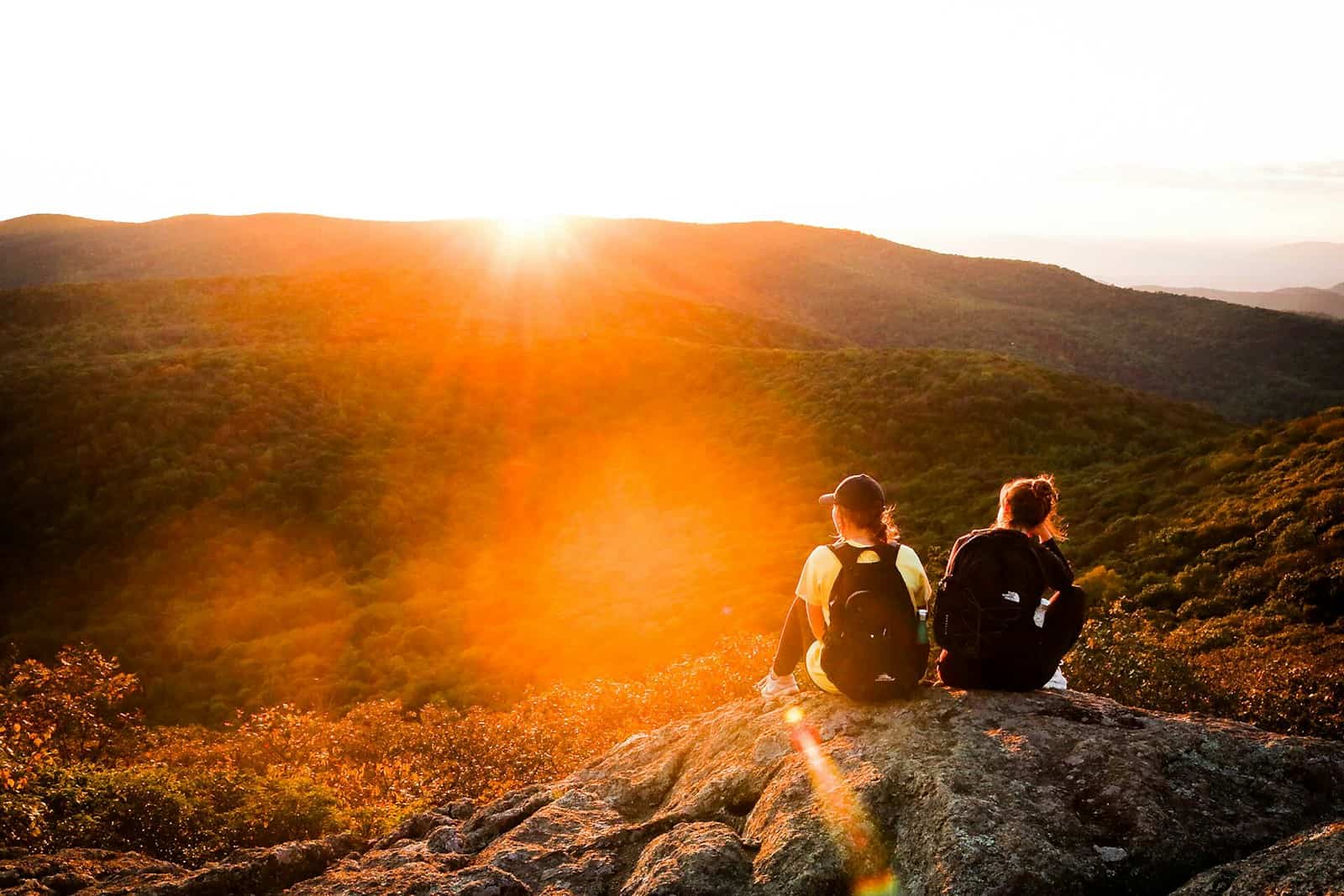Hydrostatic Head Testing: Comparing Rainfly Materials Under Simulated Monsoon
Understanding Rainfly Waterproofing When choosing a tent for extreme weather conditions, understanding hydrostatic head testing is crucial. This method evaluates the waterproofing capabilities of rainfly materials, simulating monsoon-like conditions to determine durability and performance. Key Factors in Hydrostatic Head Testing Practical Considerations for Hikers Best Practices for Waterproofing Gear Hydrostatic head testing provides valuable insights … Read more

